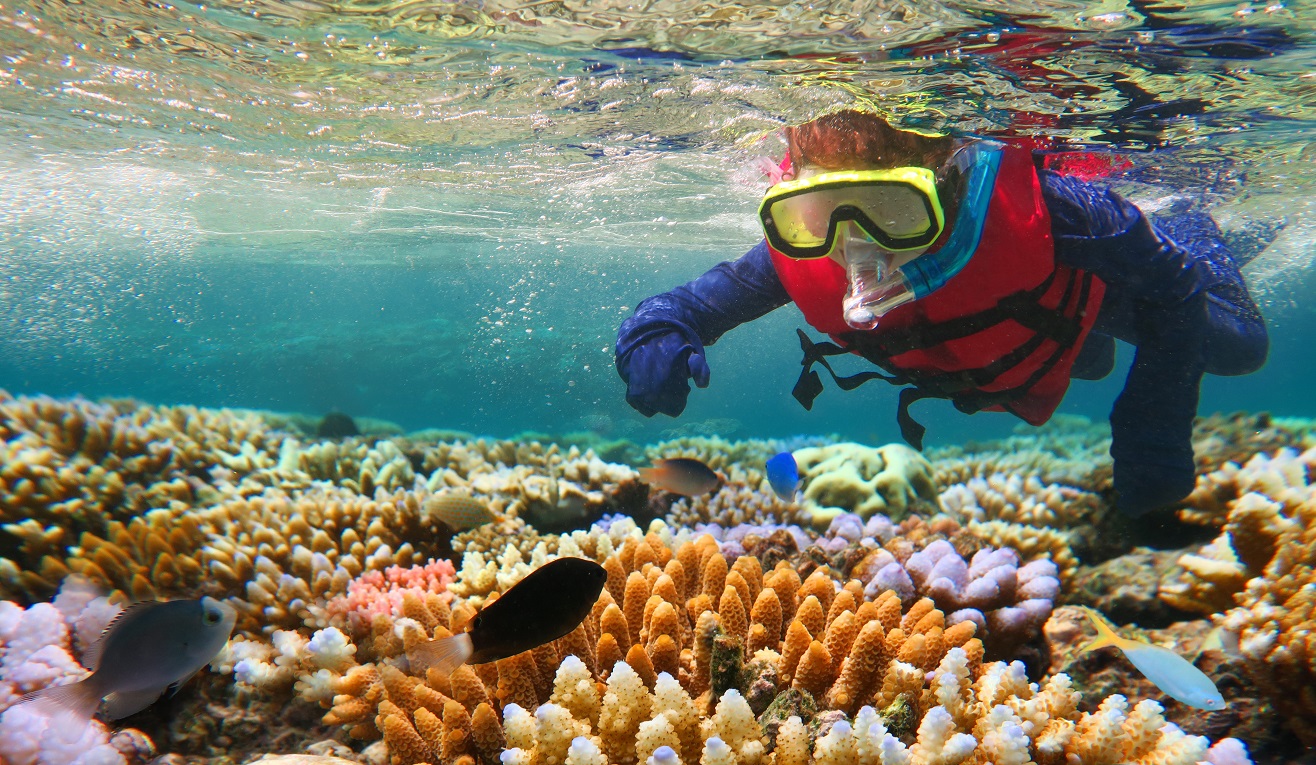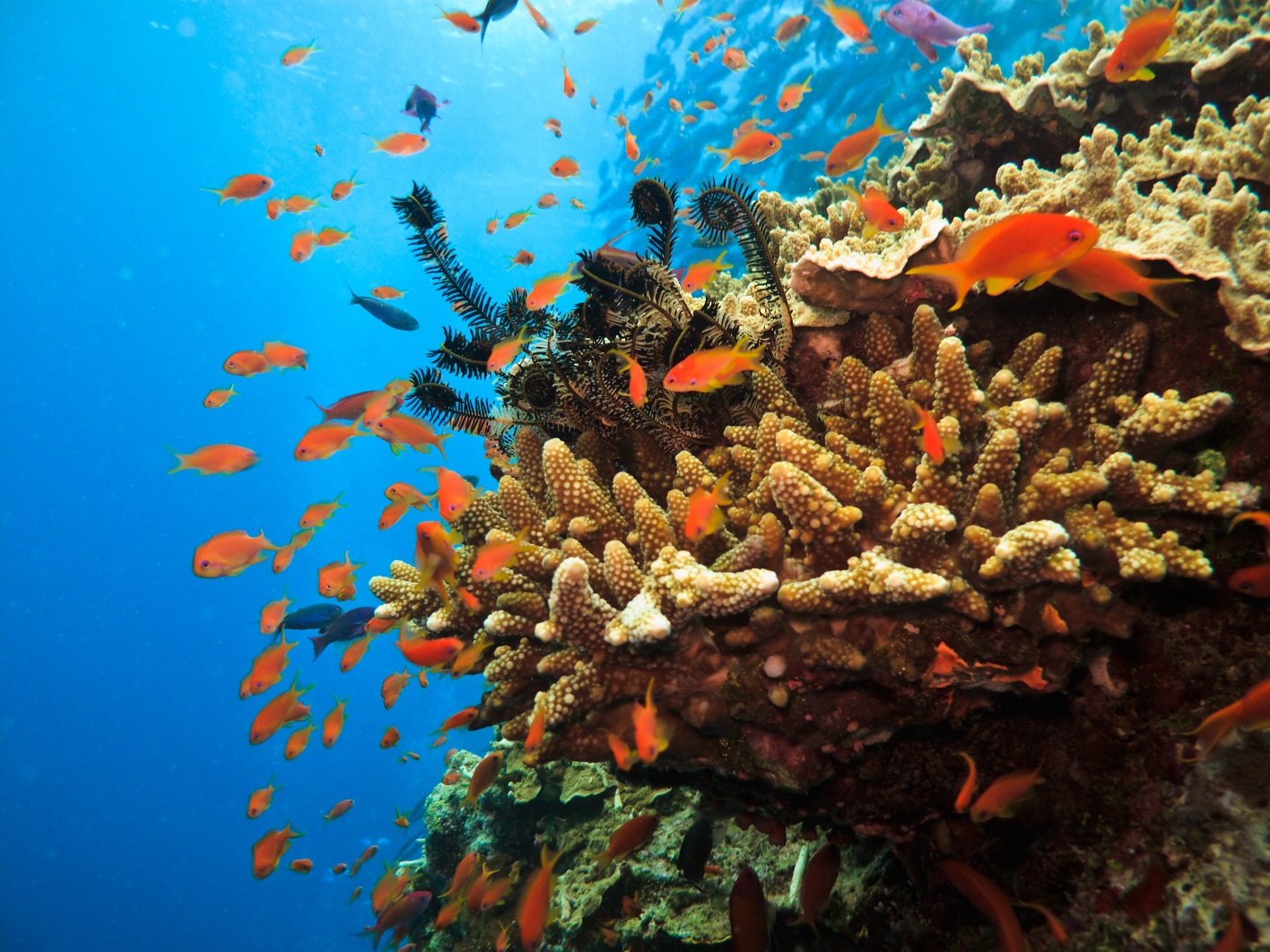
Scientists have developed a new method to better interpret change in marine ecosystems, and thus to guide when management intervention is required.
For the first time, researchers from IMAS and ACE CRC have calculated the characteristic length scale (CLS) of an ecosystem using transect (1-dimensional spatial) data in a new study published in the journal Ecological Monographs. (Images: Shutterstock)
CLS is a method which looks at the emergent spatial patterns of interacting species. The method was pioneered over a decade ago by the same group of scientists.
Previously, however, it has only been possible to calculate the CLS using 2-dimensional maps, which are rarely available for ecological systems.
It is more common to have data from 1-dimensional transects.
Now, IMAS researchers, including PhD student Delphi Ward, Dr Simon Wotherspoon and Professor Craig Johnson, along with Dr Jess Melbourne-Thomas from ACE-CRC, have developed a new method for estimating the CLS from the 1-dimensional transect data.
Lead author Delphi Ward said that if an ecosystem undergoes a regime shift (a change in the way a system functions), the management approach has to change to accommodate the shift in conditions.
“Just as governments and financial institutions change the way they operate to recover from a stock market crash, ecosystem managers have to change the way they manage the ecosystem to help it recover,” she said.
“The problem is that it is not always obvious when there has been an ecological regime shift – sometimes it takes a while for it to become evident that the ecosystem is functioning in a different way from previously.”
Ms Ward said most methods for detecting regime shifts in ecosystems require many years’ worth of data, from both before and after the regime shift, and even then there is likely to be high ambuguity.
She said that, until now, it could take many years to recognise if there has been a change in the ecosystem.
“This new approach makes it possible to unambiguously detect when a regime shift has occurred from one time to another, and we no longer need many years’ worth of data,” she said.
In the paper, the team applied the method to transect data from four coral reefs in the Wakatobi Marine National Park in Indonesia.
The results showed no change in function of two reefs, however there was evidence of a regime shift at the two other reefs.
Professor Johnson said previous research has shown that the CLS can help provide information to ecologists on how to distinguish between normal fluctuations in a healthy ecosystem and change which reflects degradation.
“The new work in this paper now makes it easier to estimate length scales from field-based surveys, which are far more frequently obtained as transects than full 2-dimensional maps,” he said.
“This means that we are now in a much better position to interpret and make sense of ecosystem change, and much better equipped to know when the changes we see do, or do not, warrant management intervention.
“It provides a ‘step-change’ in capacity to respond meaningfully to ecosystem change.”